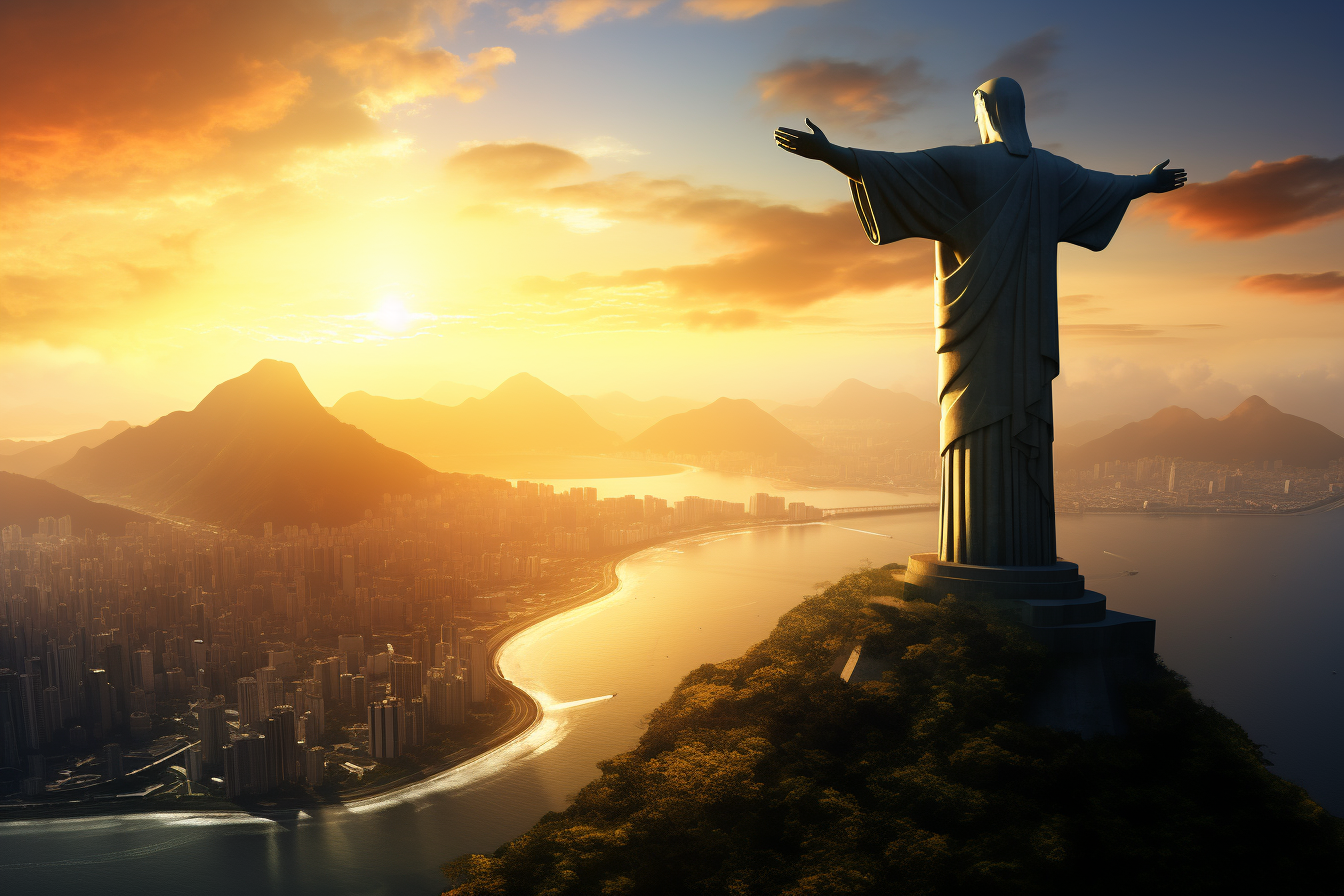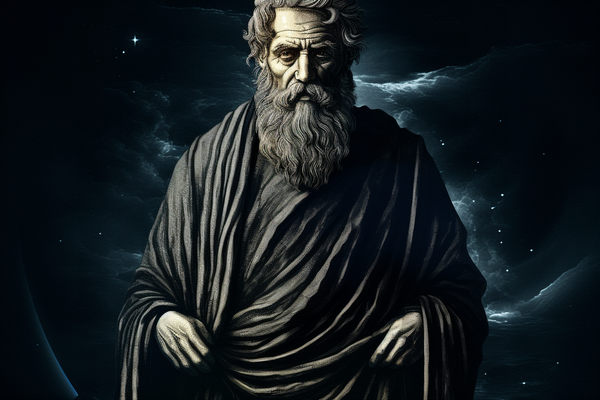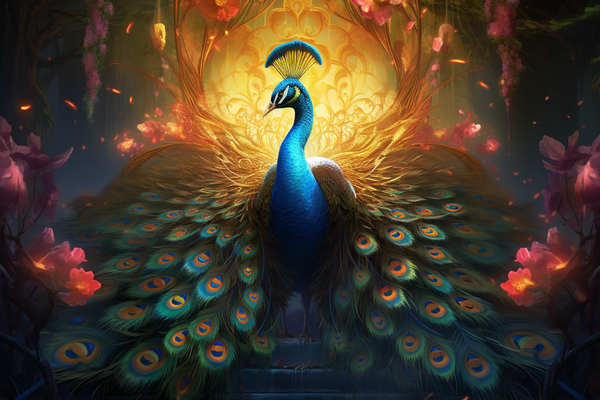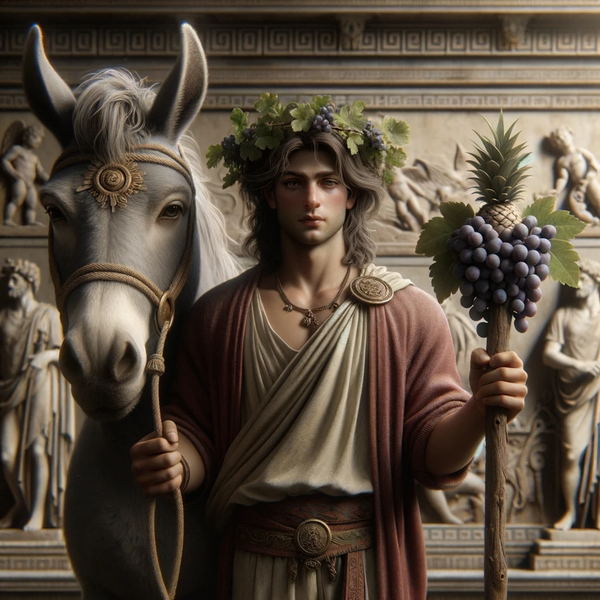A Timeline of Brazil
A broad timeline of Brazil.

Paleo-Indians (circa 15,000 BC - 8,000 BC)
The earliest evidence of human habitation in Brazil comes from the Paleo-Indians, who migrated from North to South America. Sites like the Serra da Capivara contain ancient rock paintings that offer insights into their way of life.
Archaic Tribes and Cultures (8,000 BC - 2,000 BC)
As the climate stabilized, semi-nomadic tribes began to settle in specific regions. They relied on hunting, fishing, and gathering, with some beginning to practice rudimentary forms of agriculture.
Rise of Agricultural Societies (2,000 BC - 500 AD)
Several tribes transitioned to more settled agricultural communities, cultivating crops like cassava and maize. The Marajoara culture in the Amazon delta stands out, known for its intricate ceramics and complex societal structures.
Advanced Pre-Columbian Civilizations (500 AD - 1500 AD)
The period saw the rise of advanced indigenous civilizations, such as the Tupi and Guarani. These tribes had sophisticated social hierarchies, trade networks, and spiritual beliefs. They also developed techniques like "terra preta" (black earth) to enrich the Amazonian soil for agriculture.
European Contact and Disruption (late 1400s - 1500 AD)
By the end of the 15th century, European explorers, primarily the Portuguese, began to arrive on Brazil's coast. Initial interactions were marked by curiosity and trade, but the impending European colonization would drastically alter the indigenous way of life.
Portuguese Exploration (1500 AD - 1530 AD)
Portuguese explorer Pedro Álvares Cabral landed on Brazil's coast in 1500, claiming the territory for Portugal. Initial interactions between the indigenous tribes and the Portuguese were marked by trade and occasional conflicts.
Early Colonization and Captaincies (1530 AD - 1549 AD)
To solidify their claim over the vast territory, the Portuguese crown divided Brazil into hereditary captaincies, granting them to donatários. These captaincies were responsible for the region's defense and development. However, many failed due to indigenous resistance and lack of resources.
Governorates and Sugar Boom (1549 AD - 1600 AD)
Due to the captaincies' mixed success, the crown established governorates to oversee larger territories. The cultivation of sugar became the colony's economic backbone, leading to the establishment of large plantations (engenhos) and the importation of African slaves to work on them.
Gold Rush and Interior Expansion (1690 AD - 1760 AD)
The discovery of gold in the interior regions, especially in Minas Gerais, led to a rush of settlers. This gold rush resulted in the expansion of colonial territories, the creation of new towns, and increased conflicts with indigenous populations.
Reforms and the Rise of Rio de Janeiro (1760 AD - 1808 AD)
The Marquis of Pombal introduced administrative reforms to consolidate royal power and boost economic output. Rio de Janeiro, due to its strategic location, became the colony's main port and later its capital, overshadowing Salvador.
Royal Family and the Path to Independence (1808 AD - 1822 AD)
Fleeing the Napoleonic Wars, the Portuguese royal family relocated to Rio de Janeiro, making it the capital of the Portuguese Empire. This move brought significant cultural, economic, and administrative changes. The presence of the royal court set the stage for Brazil's increasing autonomy and eventual independence.
Empire of Brazil (1822 AD - 1889 AD)
Brazil became an empire under the leadership of Emperor Dom Pedro I and his successor, Dom Pedro II. The period witnessed significant developments in infrastructure, education, and the arts. However, it also saw the end of slavery in 1888.
First Brazilian Republic (1889 AD - 1930 AD)
A republic was proclaimed in 1889, ending the monarchy. The early republic faced challenges, including regional disparities, economic struggles, and political instability.
Vargas Era (1930 AD - 1945 AD; 1951 AD - 1954 AD)
Getúlio Vargas came to power, initially as a dictator and later as an elected president. His tenure saw industrialization, labour rights reforms, and the establishment of a centralized government.
Military Dictatorship (1964 AD - 1985 AD)
A military coup in 1964 led to a dictatorship that lasted for over two decades. The regime was marked by censorship, human rights abuses, but also economic growth, known as the "Brazilian Miracle."
Democratic Transition (1985 AD - Present)
Brazil returned to civilian rule in 1985. The country has faced challenges, including economic disparities and political corruption, but has also seen moments of significant growth and global influence. Brazil's rich cultural heritage, epitomized by events like the Rio Carnival and its passion for football, continues to captivate the world.





